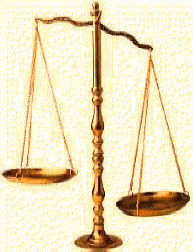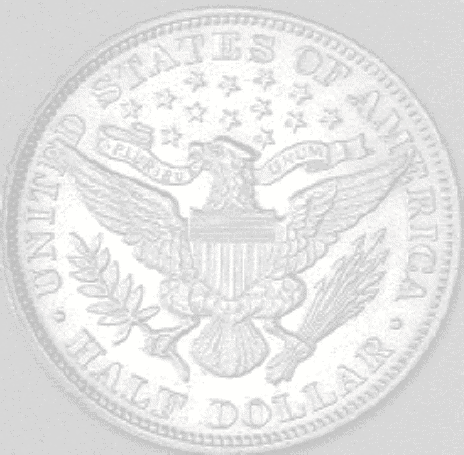
|
|
||
|
|
|
|
|
|
||

-27-
FOR BETTER OR WORSE:
The Re-Distribution of Wealth
Currency advocates
have invariably been of the opinion that government can "make” money,
and that government should print it on the basis of population or
according to the desires of the people. They argue that since government
exists for the benefit of people, and since the more "money" people have
in their pockets the more comforts they can enjoy, government should
make plenty of it. When once a government embarks upon the wide ocean of
inflation, it cannot stop itself (White, 131), but the enormous sin of
such "bills of credit", or paper "money” is that in reality they effect
a re-distribution of wealth (White, 132). There is a very real link,
therefore, between the use of paper "money" and socialism, and as Mr.
Keynes said, "not one man in a million is able to diagnose it" (Wilber,
10).
Property belongs to the person who earns it. This
is the means by which the Lord "who loveth righteousness" (Psalm 11:7)
has ordained property should be distributed. But there is a pernicious
theory abroad that by taking the most intelligent people in society the
state is capable of making a more just distribution. Justice, however,
has no place in such an arrogant opinion.
Is it "just" to re-distribute wealth by taxing
persons who through honest labor and frugality have earned the fruits of
it? And, is it wise to give it to people who have neither labored for it
nor by self-government learned the value of it? As Thomas Paine said,
"What we obtain too easily, we esteem too lightly."
The Breakdown of the Work Ethic
Robert Birch, who engraved dies for the 1792 dime and half-dime, also designed a large copper cent. On the obverse of the coin, Mr. Birch wisely inscribed, "Liberty--Parent Of Science And Industry" (Yeoman, 8). Nothing is more discouraging to industry and frugality than the uncertainty of the rewards of practicing them. Paper “money" brings just such uncertainty and insecurity to society, and for this reason, it is an effective tool to supplant a healthy economy and to prepare a society for socialism.
The "Inflation Bill"
It was this mentality
that caused the Ohio Democrats of 1875 to adopt the platform that the
supply of money ought to "equal the wants of trade" (White, 195). The
Republicans had carried the election in 1869 electing General Ulysses S.
Grant as President. They then passed legislation requiring that all
government obligations be paid in coin unless the law under which they
were issued provided some other kind of payment (White, 194).
In 1874, however, they introduced the "Inflation
Bill" which would have placed into circulation an additional 44,000,000
"dollars” in "Greenbacks." President Grant wisely vetoed the bill
declaring, "If in practice the measure should fail to create the
abundance of circulation expected of it, the friends of the measure,
particularly those out of Congress, would clamor for such inflation as
would give the expected relief" (White, 195). This action raised the
credibility of the United States government in the eyes of the American
people.
The Bland-Allison Act
Members of Congress were
elected to that body in 1876 on the plank to restore "the dollar of the
fathers." Mr. Richard Bland offered a bill calling for the coinage of
silver at the ratio of 1 to 16 (White, 200). The House passed the bill,
but on account of a history of government tampering with the standards
of weights and measures, public confidence was strained. Even though the
parity was 1 to 18, Senator William Allison made a motion to amend the
bill to authorize the Secretary of the Treasury to "purchase" 2 to 4
million ounces of silver bullion each month to be coined into silver
"dollars” (Yeoman, 12). The Bland-Allison Act was passed on February 28,
1878 and set the weight of the "dollar" at 412.5 grains, 900 fine,
containing 371.25 grains of pure silver as set by the Act of 1837
(“Coins and Currency”, 2), and coinage of the silver "dollar" resumed.
